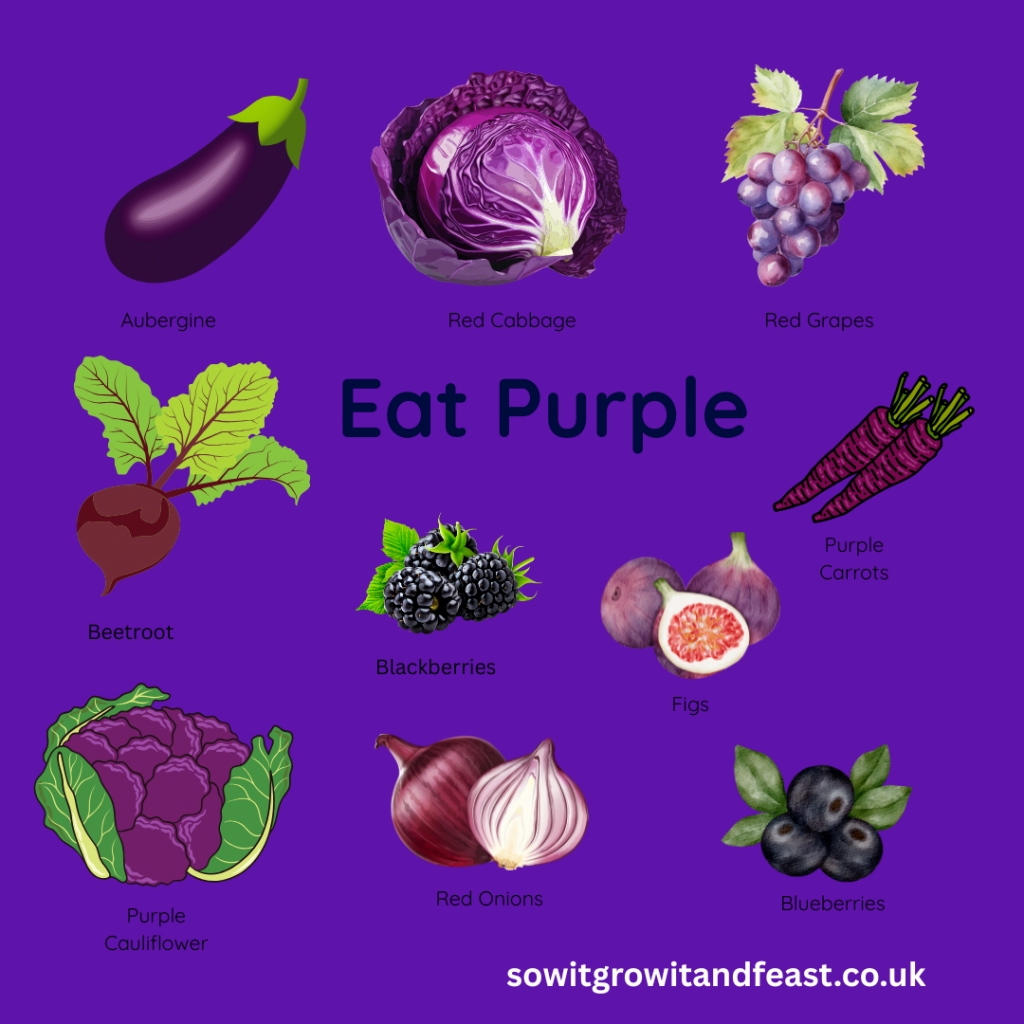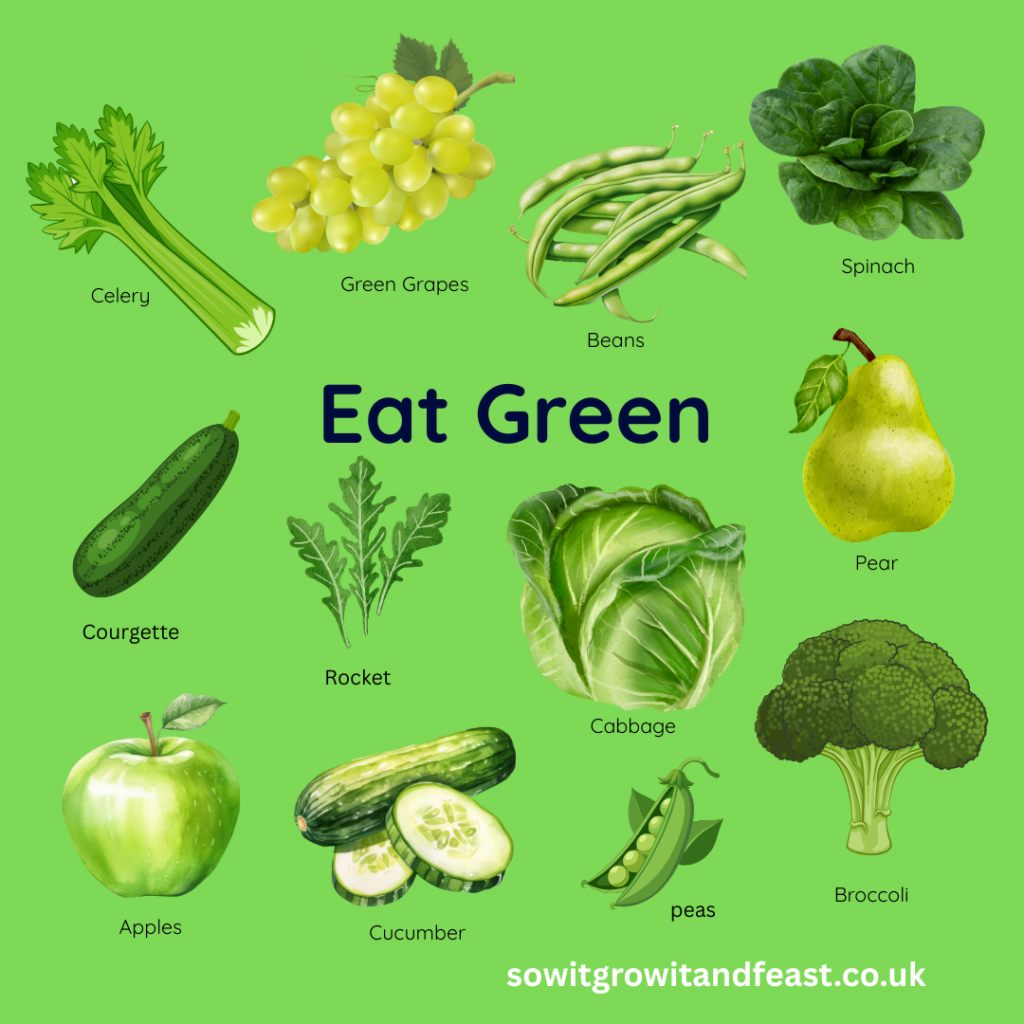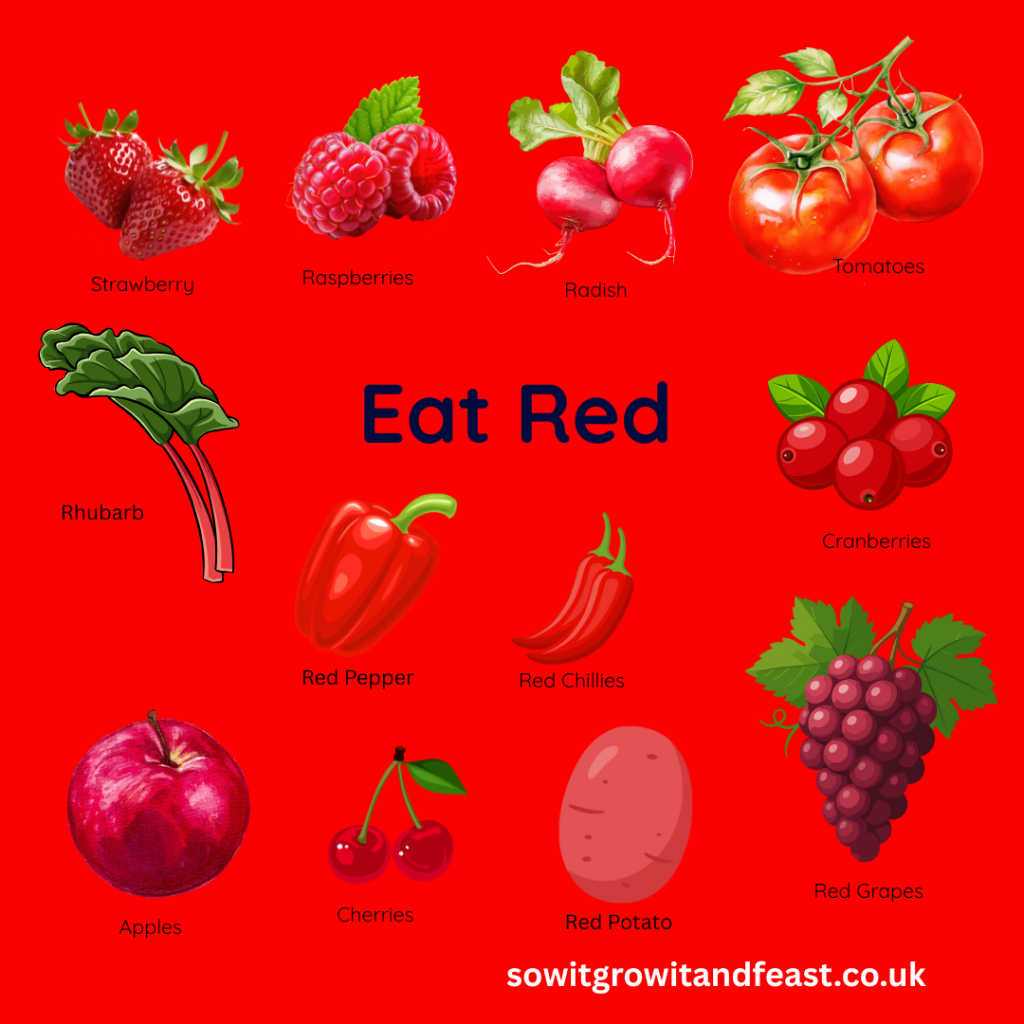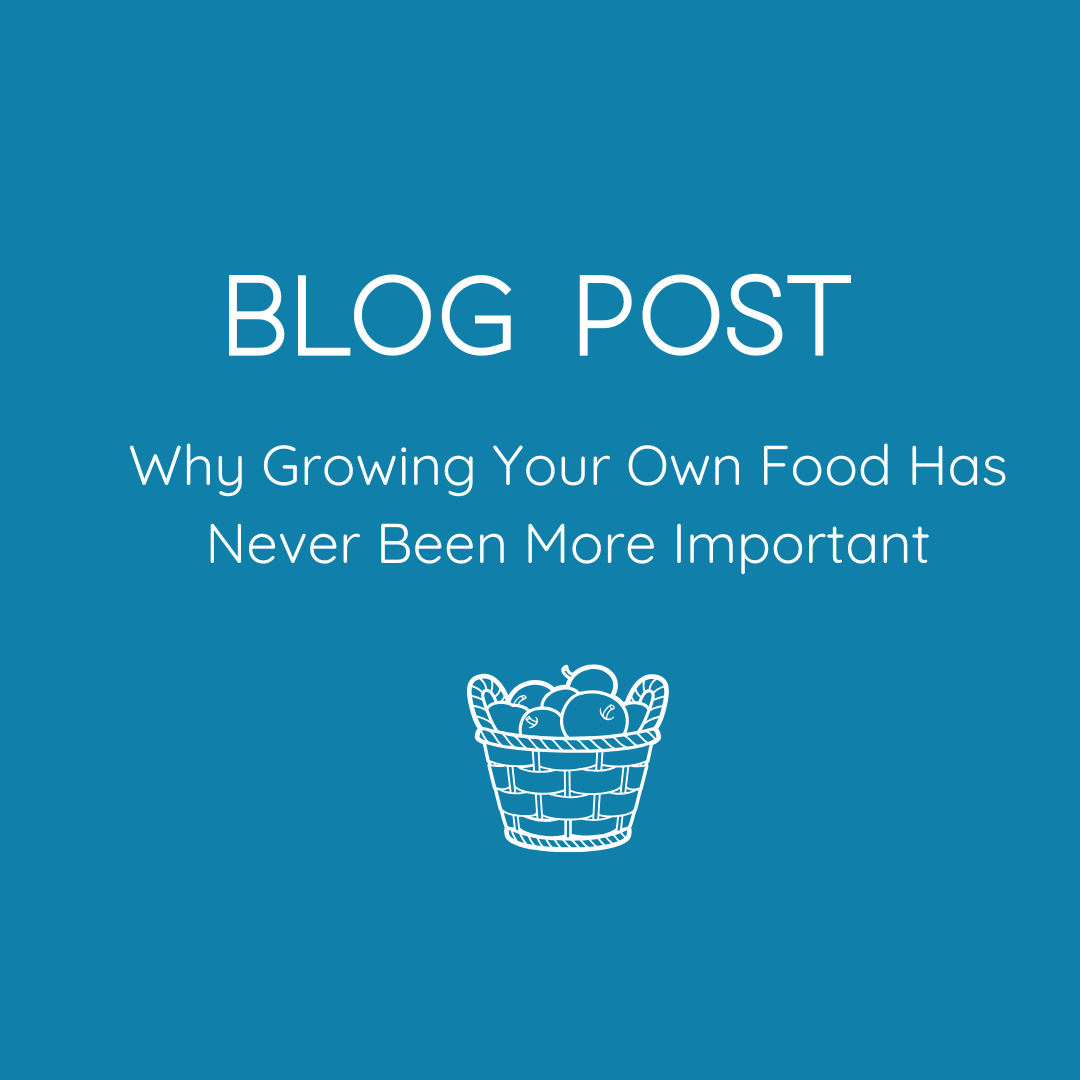Autumn brings with it a rich tapestry of colours and flavours. As the leaves turn golden and the air grows crisp, our kitchens fill with the comforting aromas of seasonal cooking. This is the perfect time of year for preserving the harvest’s bounty, and there is no better way to do so than by making a batch of delicious, homemade chutney.
Chutney is more than just a condiment; it’s a jar full of history, flavour and resourcefulness. It represents a tradition of turning surplus fruits and vegetables into something that can be enjoyed for months to come. A chutney is the simple joy of transforming humble ingredients into a truly special store-cupboard staple. Let’s start stirring up some history and flavour.
What is Chutney?
At its heart, chutney is a savoury condiment made from a combination of fruits, vegetables, vinegar, sugar and spices. The ingredients are slowly simmered together until they break down and thicken, creating a rich, flavourful preserve. The magic of chutney lies in its perfect balance of sweet, sour and spicy notes, which makes it an incredibly versatile partner for a wide variety of dishes.
Unlike a jam, which is typically sweet and made primarily from fruit, chutney leans towards the savoury side. The inclusion of vinegar gives it a tangy kick, while onions, garlic and an array of spices add depth and complexity. It can range in texture from a smooth purée to a chunky mixture, and its flavour profile can be anything from mild and fruity to fiery and intense.
Think of it as the ultimate accompaniment. A dollop of apple chutney can elevate a simple cheese sandwich, a spoonful of spicy tomato chutney can bring a curry to life, and a tangy plum chutney is the perfect companion for a Ploughman’s lunch. It is a testament to the art of preserving, turning everyday ingredients into something truly extraordinary.
A Brief History of Chutney
The story of chutney begins not in the British countryside, but in India, where it has been a staple for centuries. The word “chutney” comes from the Hindi word chatnī, which means “to lick.” In India, chutneys were traditionally fresh preparations, made by grinding herbs, spices and other ingredients into a paste using a stone mortar and pestle. These fresh chutneys, like mint or coriander chutney, were made to be eaten the same day, adding a burst of flavour to meals.
The journey of chutney from India to Britain is intertwined with the history of the British Empire. During the 17th and 18th centuries, British officials and traders returning from India brought back a taste for these exotic flavours. They also brought back recipes, which soon had to be adapted. The fresh, tropical ingredients available in India were not readily found in Britain, and the long sea voyages required a method of preservation.
This necessity led to the invention of the chutney we know today. British cooks began to experiment, using local fruits and vegetables like apples, plums and marrows. They added vinegar and sugar, which acted as preservatives, allowing the chutney to be stored in jars for long periods. This new, preserved style of chutney became incredibly popular during the Victorian era. Major Grey’s Chutney, a famous mango chutney, is said to have been created by a British army officer in the 19th century and remains a classic example of this Anglo-Indian culinary fusion.
Over time, chutney became a cornerstone of British preserving culture. It was a practical and delicious way to use up gluts of produce from the garden or allotment, ensuring nothing went to waste. Today, it stands as a delicious symbol of our culinary history—a flavour born in India and lovingly adopted and adapted in British kitchens.
The Art of Preserving
Making chutney is a wonderful way to connect with the seasons and practice the age-old tradition of preserving food. At its core, preserving is about extending the life of fresh produce, allowing us to enjoy the flavours of the harvest long after the season has passed. Chutney accomplishes this through a simple yet effective scientific process.
The two key ingredients responsible for preserving chutney are vinegar and sugar.
- Vinegar: The high acidity of vinegar creates an environment where most bacteria, yeasts and moulds cannot survive. This process, known as pickling, is one of the oldest methods of food preservation.
- Sugar: Sugar acts as a preservative by drawing water out of the food’s cells through a process called osmosis. This reduces the amount of available water, which microorganisms need to grow.
When combined and heated, the sugar and vinegar work together to create a safe, long-lasting preserve. The slow simmering process not only develops the chutney’s flavour but also ensures that all the ingredients are heated sufficiently to destroy any harmful microorganisms. Finally, sealing the hot chutney in sterilised jars creates a vacuum seal, which prevents new contaminants from entering and spoiling the contents.
This clever combination of science and cookery means that a well-made chutney can be stored in a cool, dark place for a year or even longer, with its flavour often improving and mellowing over time. It’s a sustainable and satisfying way to reduce food waste and enjoy homemade goodness all year round.
Autumnal Chutney Recipes
Autumn is arguably the best season for chutney-making. The harvest provides a wonderful abundance of apples, pears, plums and late-season vegetables, all begging to be turned into something delicious. Here are a few recipes to get you started.
Before you begin, remember the basic principle of chutney making: chop your ingredients, place them in a large, heavy-bottomed pan and simmer gently until thick and glossy. The exact cooking time will vary, but patience is key. A good test for readiness is to drag a wooden spoon across the bottom of the pan—if the channel it creates remains for a few seconds before filling up, the chutney is likely ready.
1. Classic Apple and Date Chutney
This is a timeless recipe that pairs beautifully with cheese and cold meats. It’s sweet, tangy and wonderfully warming.
Ingredients:
- 1 kg cooking apples (like Bramley), peeled, cored and chopped
- 500g onions, chopped
- 250g dates, chopped
- 500g demerara sugar
- 500ml cider vinegar
- 1 tsp ground ginger
- 1 tsp mixed spice
- 1 tsp salt
Method:
- Place all the ingredients into a large, heavy-bottomed pan.
- Heat gently, stirring occasionally, until the sugar has completely dissolved.
- Bring the mixture to a simmer and cook for 1.5 to 2 hours, stirring from time to time to prevent it from catching on the bottom of the pan.
- The chutney is ready when it has thickened and has a rich, pulpy consistency.
- Carefully spoon the hot chutney into warm, sterilised jars, seal immediately, and label.
Nutritional Value (per tbsp): Approx. 35 kcal, 9g carbohydrates (8.5g sugars).
Storage: Store in a cool, dark place. It will be ready to eat in about 4 weeks, but the flavour improves if left for a couple of months. Once opened, keep it in the fridge and use it within 6-8 weeks.
2. Spiced Plum and Walnut Chutney
This chutney has a deep, rich flavour and a lovely texture from the walnuts. It’s a perfect addition to a festive cheeseboard.
Ingredients:
- 1 kg plums, halved and stoned
- 400g onions, chopped
- 200g raisins
- 100g walnuts, roughly chopped
- 400g soft brown sugar
- 500ml red wine vinegar
- 1 cinnamon stick
- 1 tsp ground cloves
- 1 tsp salt
Method:
- Put the plums, onions, raisins, sugar, and vinegar into a large pan.
- Add the cinnamon stick, ground cloves, and salt, and stir well.
- Heat gently until the sugar dissolves, then bring to a simmer.
- Cook for about 1.5 hours, stirring occasionally, until the plums have broken down and the mixture is thick.
- Remove the cinnamon stick and stir in the chopped walnuts.
- Cook for another 5 minutes.
- Spoon the hot chutney into warm, sterilised jars, seal and label.
Nutritional Value (per tbsp): Approx. 45 kcal, 1g fat, 9g carbohydrates (8g sugars).
Storage: Store in a cool, dark place for at least a month before eating. Once opened, refrigerate and consume within a month.
3. Green Tomato and Chilli Chutney
A great way to use up unripe tomatoes at the end of the season. This chutney has a lovely tang with a gentle kick of heat.
Ingredients:
- 1 kg green tomatoes, chopped
- 500g cooking apples, peeled, cored, and chopped
- 500g onions, chopped
- 2-3 red chillies, finely chopped (adjust to your taste)
- 250g sultanas
- 500g light muscovado sugar
- 600ml malt vinegar
- 1 tbsp mustard seeds
- 1 tsp salt
Method:
- Combine all the ingredients in a large, heavy-bottomed pan.
- Stir over low heat until the sugar has dissolved.
- Bring to a gentle boil, then reduce the heat and let it simmer for 2-3 hours, or until thick and reduced. Stir regularly to prevent sticking.
- Ladle the hot chutney into warm, sterilised jars. Seal tightly and label with the date.
Nutritional Value (per tbsp): Approx. 30 kcal, 7g carbohydrates (7g sugars).
Storage: Allow to mature for at least 4-6 weeks in a cool, dark place. After opening, store in the fridge and use within 2 months.
A Taste for Everyone, For Ever
Making chutney is more than just a cooking project; it’s an opportunity to connect with the past, embrace the seasons, and create something truly special with your own hands. The gentle simmering of fruits and spices fills the home with an aroma that is uniquely comforting, a promise of delicious things to come.
Whether you are an experienced preserver or a curious beginner, we encourage you to try making a batch of chutney this autumn. It is a rewarding and simple pleasure that yields delicious results. Share it with friends and family, or simply savour the satisfaction of a well-stocked pantry.
Plan your chutney-making day, gather your seasonal produce, and get ready to create a taste of history in a jar. You’ll be helping to keep a wonderful tradition alive, for everyone, for ever.
Further Reading: Warming Autumn Soups to Soothe the Soul, From Garden to Oven: Autumn Vegetable Bakes for the Family, Transform Leftover Veggies into Delicious House Pickles, Save Time and Money with Batch Cooking










